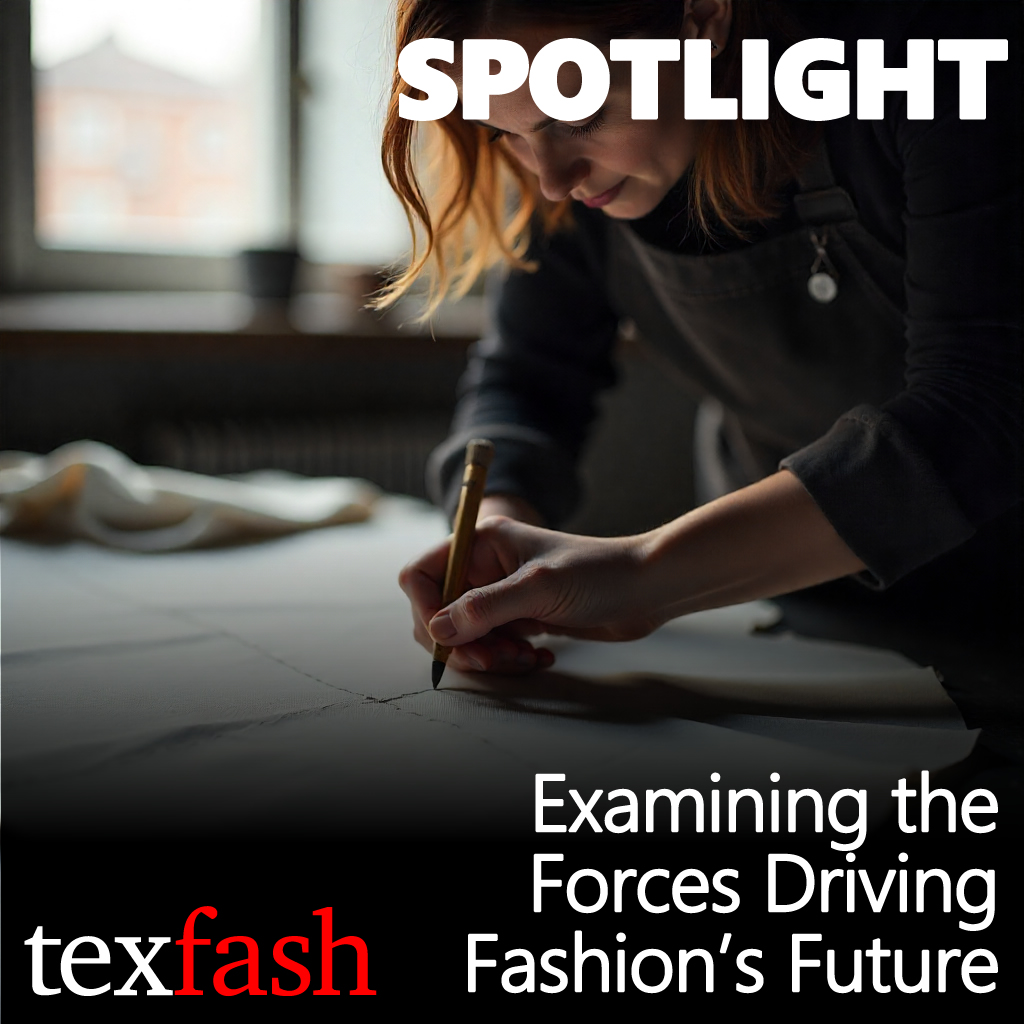At first glance, defining “waste” seems like a technical matter. But as this controversy shows, the definition determines who may trade, who may recycle, and who must absorb the world’s excess. How did a word meant to serve environmental clarity turn into a political tool with such far-reaching economic consequences?
Jessica Franken: You’re exactly right--it may sound like a matter of semantics, but in practice, the definition of “waste” decides whose livelihoods are protected and whose economies are constrained. Over time, what began as a framework for environmental protection has been stretched to serve competing policy agendas—sometimes to control trade flows, sometimes to appease domestic industries, and too often without recognizing how reuse and recycling actually work on the ground.
When “used goods” are carelessly lumped together with “waste,” millions of legitimate transactions—especially those involving high-quality secondhand clothing—become stigmatized or even prohibited. That not only undermines circularity but also shifts the burden of overproduction onto countries that depend on reuse economies for income and affordable goods.
So, the politics of “waste” are really the politics of value: who gets to decide what still has life left in it, and who benefits—or loses—when that judgment is wrong. The challenge now is to restore technical precision and scientific integrity to these definitions so they guide environmental progress, not economic exclusion.
The Open Letter calls for publication of UNEP’s research methods, yet those documents remain inaccessible. In the age of open data, how does withholding methodology align with claims of scientific integrity and transparency?
Jessica Franken: It doesn’t, at least not comfortably. In today’s research environment, transparency isn’t optional; it’s a prerequisite for credibility. When data and methodologies remain undisclosed, it becomes impossible for independent experts to verify findings or correct errors, and that undermines confidence in the results no matter how well-intentioned the work may be.
UNEP’s project is addressing enormously consequential questions, which could influence trade, livelihoods, and national policy around the world. That makes it even more important to meet the same scientific standards of openness and peer review that UNEP itself has championed in other environmental domains. The coalition’s call for transparency isn’t intended to be adversarial; it’s an invitation to strengthen the legitimacy of the process and ensure that global textile policies rest on evidence everyone can trust.
Ultimately, this fight over “waste” is a fight over power — who decides what’s valuable and what’s disposable. Do you see this as part of a larger pattern where the Global North controls definitions that shape trade rules to its advantage?
Jessica Franken: There’s no question that the way terms are defined and by whom often reflects existing power dynamics. For decades, definitions crafted in the Global North have effectively determined what can move across borders, who gets to participate in trade, and whose materials are deemed “waste.” When those decisions are made without genuine participation from the Global South, they can unintentionally reinforce inequities, limiting economic opportunity and obscuring the environmental value of reuse economies that thrive in Africa, Asia, and Latin America.
But this moment also offers an opportunity to do things differently. The growing global focus on circularity and reuse can only succeed if it’s co-created—with southern and northern stakeholders at the same table, shaping definitions, metrics, and policy frameworks together. Circularity isn’t just about materials; it’s about fairness, inclusion, and recognizing that value doesn’t end where the Global North once decided it should.
























